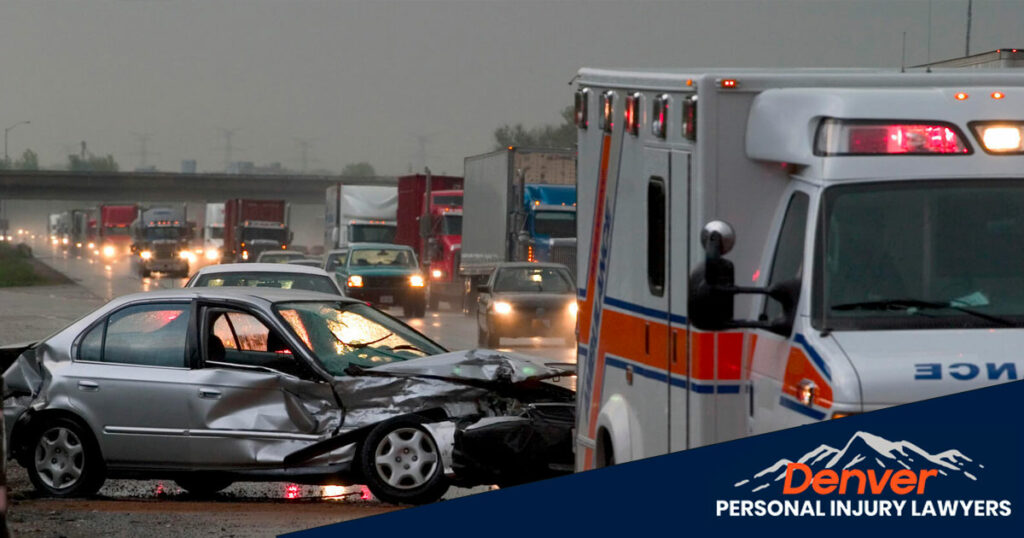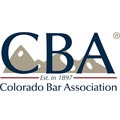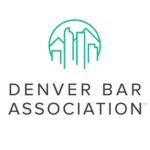Every car accident is unique. And while they all have the potential to be disastrous, some can be more deadly than others. Many factors will affect the outcome of a car accident, including:
- The speed of the impact
- What type of vehicles were involved in the crash
- Whether or not the passengers were wearing seat belts
Certain types of accidents will cause more severe injuries than others. For example, a high-speed crash can leave you with catastrophic injuries and a total loss of your vehicle. What’s more, after sustaining threatening injuries, victims are stuck with financial havoc due to medical bills and lost wages from missed work. On top of everything, they might experience emotional anguish from the shock and trauma of getting into a crash.
Victims of hazardous car accidents can seek compensation for the damages they suffered. Usually, this is done by filing a personal injury lawsuit against the legally responsible party. As long as the other party was at fault for causing the accident, you can seek compensation for the damages. Hiring solid legal representation is the best way to secure your rights and get fair compensation.
This article will discuss some of the most dangerous types of car accidents and what to do afterward.
Table of Contents
ToggleFatal Car Accident Statistics
Fatal car accidents are more common than you think. But, unfortunately, most people don’t give them much thought until they experience one first-hand or a loved one gets into a severe accident. But car accidents are one of the leading causes of death in the US.
According to the Insurance Institute for Highway Safety (IIHS), in 2019, 33,244 people died in motor vehicle crashes. Additionally, data from the National Highway and Traffic Safety Administration shows that in 2021, over 40,000 people died in a car accident.
While a large percentage of car accidents are non-fatal, people can still sustain severe injuries and property damage. Even a seemingly minor fender bender can cause a bad case of whiplash or other serious injuries. Some of the most common car accident injuries include:
- traumatic brain injury (TBI)
- spinal cord injury (which can lead to permanent disability)
- paralysis
- Scarring and disfigurement
- Internal bleeding and organ damage
Pileup Car Accidents
We often hear about car accidents and immediately envision two cars colliding. But sometimes, pileup car accidents happen. This type of accident causes compound damage and exponentially increases the destruction after an accident. In addition, more cars in an accident means a higher likelihood of someone sustaining severe injuries.
Pileup accidents often happen when an initial accident causes a chain reaction. It begins with two cars crashing, which poses a risk for those in the same lane. Unfortunately, those initially involved in the crash cannot do much to prevent other vehicles from adding to the pileup. This is especially true when cars are traveling at higher speeds. Pile-up car accidents also increase the risk of car fires, explosions, and other flying objects that can strike a passenger.
Phile-up car accidents happen most frequently during congested traffic hours and inclement weather conditions. Congested traffic, by nature, creates a higher likelihood of a chain reaction, and poor weather conditions can decrease visibility. As such, pileup accidents in rain or snow can result in lethal injuries.
Head-On Collisions
Head-on collisions happen when the front of two cars collide. This happens when one car is traveling the wrong way on a road to pass another vehicle or deter an obstacle in the road. They usually happen at high speeds, which makes the collision even more deadly.
Even if both cars are traveling at moderate speeds, the outcome can be deadly. That’s because both cars have momentum going front-to-front. For example, imagine two cars travel toward each other at 35 mph. The actual force of the impact would be equivalent to a car traveling at 70mph.
Head-on collisions have a very high chance of fatality. Even if a driver or passenger doesn’t die, they will likely be ejected from the car. without a seatbelt. If they wore a seatbelt, the airbag, seatbelt, and steering wheel might cause severe injuries.
Rollover Car Accidents
Rollover accidents happen when a car flips and rolls. It often results when a car drives fast and then loses control while making a sharp turn. It’s common to see a driver attempt to avoid a collision and then lose control and rollover. While it’s possible with any car, it’s more likely to happen with big trucks, vans, and SUVs because of their mass and higher center of gravity. Drivers who are involved in rollover accidents might get trapped in the car. This can be extremely risky if someone has life-threatening injuries.
T-Bone Car Accidents
A t-bone car accident is when one vehicle hits another car’s side. The two cars will make a
“T” formation when they collide, hence the name t-bone. T-bone accidents occur most frequently from a driver failing to yield or running a red light at an intersection.
Side impact accidents end up with significant property damage as well. The sides of a car are typically more vulnerable than the front or back. As a result, drivers and passengers have less protection when hit on the side of the car. T-bones at high speed almost always end in severe injury or fatality for the side-impacted vehicle.
Recovering Damages After a Catastrophic Car Accident
It can be challenging to determine liability after a car accident. While most accidents are caused by driver negligence, sometimes accidents happen by a third party’s negligence. For example, a car or car part manufacturer can be legally responsible if a faulty part causes an accident. However, most of the time, it’s caused by human error.
A Denver personal injury lawyer can help determine which party or parties are liable for your damages. They can also help prove that another driver breached their duty of care to drive responsibly. An example of breaching a duty of care is a drunk driver who runs a stop sign or is speeding excessively. A good lawyer also knows how to collect strong and compelling evidence to support your claim that the other driver caused your injuries.
Your attorney can then help to show how your injuries and suffering have affected your life negatively. Additionally, they can help you seek compensation for those losses. You can seek compensatory damages for the following:
- Medical expenses, including doctors visits, surgery, medication, hospital stays, physical therapy
- Lost wages due to missed work from injuries and reduced earning capacity
- Wrongful death, including funeral and burial expenses, loss of consortium, loss of support
Why Should I Hire A Denver Car Accident Attorney?
Insurance companies are usually not on your side. They don’t have your best interests in mind. The at-fault party’s insurance company will try to settle your case for a fraction of what it’s really worth. Ultimately, insurance companies want to keep their money rather than pay you.
However, a skilled Denver car accident attorney can help you plan a winning strategy.
Lawyers have the necessary knowledge and experience to negotiate with insurance companies. We won’t let them bully you. If they don’t agree to a fair settlement, we are not afraid to take your case to court. We will aggressively advocate on your behalf.
Contact a Denver Car Accident Lawyer Today
We give each client personalized attention and unparalleled greatness in service. In addition, we put your needs and wants at the top of our priority list and communicate with you throughout the entire process. Let us handle all the legal complexities while you focus on healing and recovery after an accident.
Contact us today to schedule a free initial case review.
















